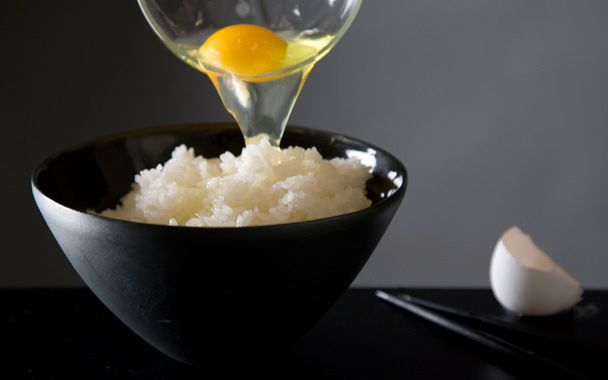I’m thinking about investing in an electronic device that will wake up in the morning before me and make an essential component of my breakfast. I mean a rice cooker, obviously, for making tamago gohan.
Tamago, as any sushi bar regular can tell you, is Japanese for “egg,” and gohan is “rice.” Sometimes the dish is called tamago kake gohan, where kake means “on.” This is not one of those breakfasts with a fancy name, like Dutch baby or Moons Over My Hammy. This is truth in advertising. You can literally make tamago gohan with two ingredients (mix raw egg with hot medium-grain rice), and its golden color and subtle fragrance will strike a chord even if you didn’t grow up eating it the way Chris Nishiwaki did.
Nishiwaki is a Seattle food writer who grew up in Argentina. “I grew up eating the best of Japanese cuisine as well as the best of Argentine cuisine,” he said. (At this point, my brain contained a big bowl of golden rice with a grilled steak in the background trying to get my attention.)
“It’s a satiating breakfast, especially on cold winter days,” said Nishiwaki. “For variety I would sprinkle fish flakes or furikake. I didn’t realize at the time that I was being introduced to the wonderful world of umami.” He now commonly spices up his breakfast with chili oil. Furikake is a seasoning mix of ground nori, sesame seeds, and often dried fish. (Oh, and The Wonderful World of Umami is a new animated movie starring a talking soybean.)
I mix a little soy sauce with the beaten egg before adding it to the rice, which can certainly be reheated leftover rice if you don’t have a robot to make your breakfast. Tamago gohan is good with tsukemono (Japanese pickles), with a sprinkle of sesame seeds, or by itself. “The flavors of rice and egg sound very simple, even boring,” said Nishiwaki. “But I don’t get tired of it.”


